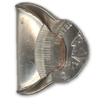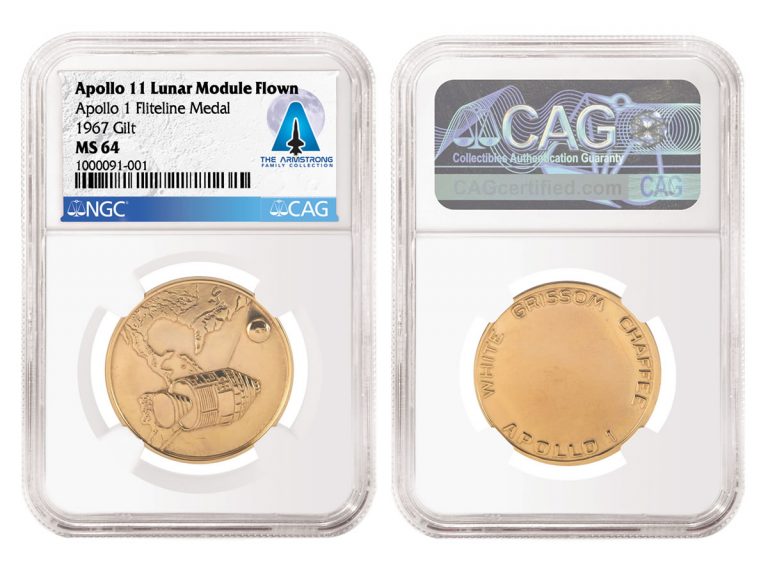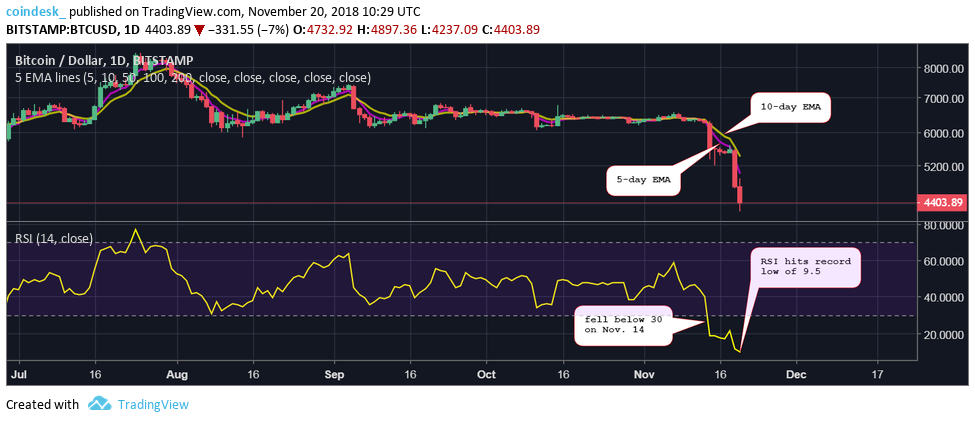A regular contributor to that site is Joe Koelling, an enthusiastic collector of both errors and varieties and a dedicated roll-hunter. Koelling has discovered a prodigious number of new die varieties. In just the past year he has found nine new Lincoln, Doubled Die cents that manifest as one or more “extra columns” that lurk in the bays between the normal columns of the Lincoln Memorial on the 1959 to 2008 cents. In addition, he’s identified two new die pairs among 1988 Lincoln cents with a “transitional” 1989 reverse and five new die pairs among 1988-D cents with “transitional” 1989 reverse. Finally, he is credited with the discovery of a major doubled die reverse on a 1991-D Lincoln cent (cataloged variously as FS-#801, CDDR-001/WDDR-001).
Koelling likes to educate and entertain his fellow group members by occasionally posting photos of complex minting errors. One of those errors is shown here. This 1999 Lincoln cent was labeled by ANACS as a “MULTI STK FLDOVR BROCK” (translation: multi-struck, foldover, brockage). It was given a grade of Mint State 64. Koelling sent the error to me for a closer look after I expressed reservations about the “foldover” component of the diagnosis as well as the grade.
The coin is an unusual triple strike. The first strike is an enormous uncentered broadstrike with a full, first-strike brockage of the obverse design on the reverse face. The coin that generated the brockage was itself an error, with an indent at 12:00. This left a featureless bulge on the reverse of Joe’s coin, replacing part of the incuse in god we trust. The sequence of the two off-center strikes cannot be determined, as they do not overlap. The off-center strike located at the upper left has a 50 percent indent on the reverse face. The off-center strike located on the right is the site of the alleged “foldover.”
I assume that by using the term “foldover,” ANACS meant that this was a foldover strike (the word is used in no other context). I asked ANACS customer service for clarification of their use of the term but received no response.
When I first saw a photo of Koelling’s coin, I knew that the “foldover” was just post-strike damage. Personal inspection simply confirmed my assessment. The off-center strike on the right was bent over during ejection or after the coin had left the striking chamber.
If this was a genuine “foldover” error, it could only be an asymmetrical (paraxial) foldover strike, like the one shown in the July 18 “Collectors’ Clearinghouse” column. But if fails on four criteria:
(1) There should be an edge strike at the pole opposite the foldover flap. None exists.
(2) The flap should be bonded to the main part of the coin or at least tightly pressed against it. Instead, there is a considerable gap between the flap and the rest of the coin.
(3) The design should cross the edge of the flap in uninterrupted fashion. Instead, the design stops abruptly at the flap’s edge.
(4) Finally, a foldover strike will show a die-struck obverse design on one face and a die-struck reverse design on the opposite face. Either that or the die-struck design on one face will be opposed by a uniface strike on the opposite face. Instead, the obverse design of the off-center strike simply continues around the bend.
A true foldover strike is shown here for comparison.
Since the “foldover” on the 1999 Lincoln cent is simply post-strike damage, the assigned grade of MS-64 is unrealistic.
I have seen several other damaged coins that have been encapsulated as “foldovers” by ANACS. Shown here is another example. It started out as a terrific error — a multiply struck cent that emerged from the middle of a pile-up of other cents. The obverse face has a brockage of the reverse design and the reverse face a grossly expanded raised reverse design. It would have been roughly disc-shaped upon emerging from the striking chamber. Unfortunately, it was subsequently crumpled in Mint machinery or equipment in a coin-wrapping facility. Its grade of MS-64 can be disregarded.




